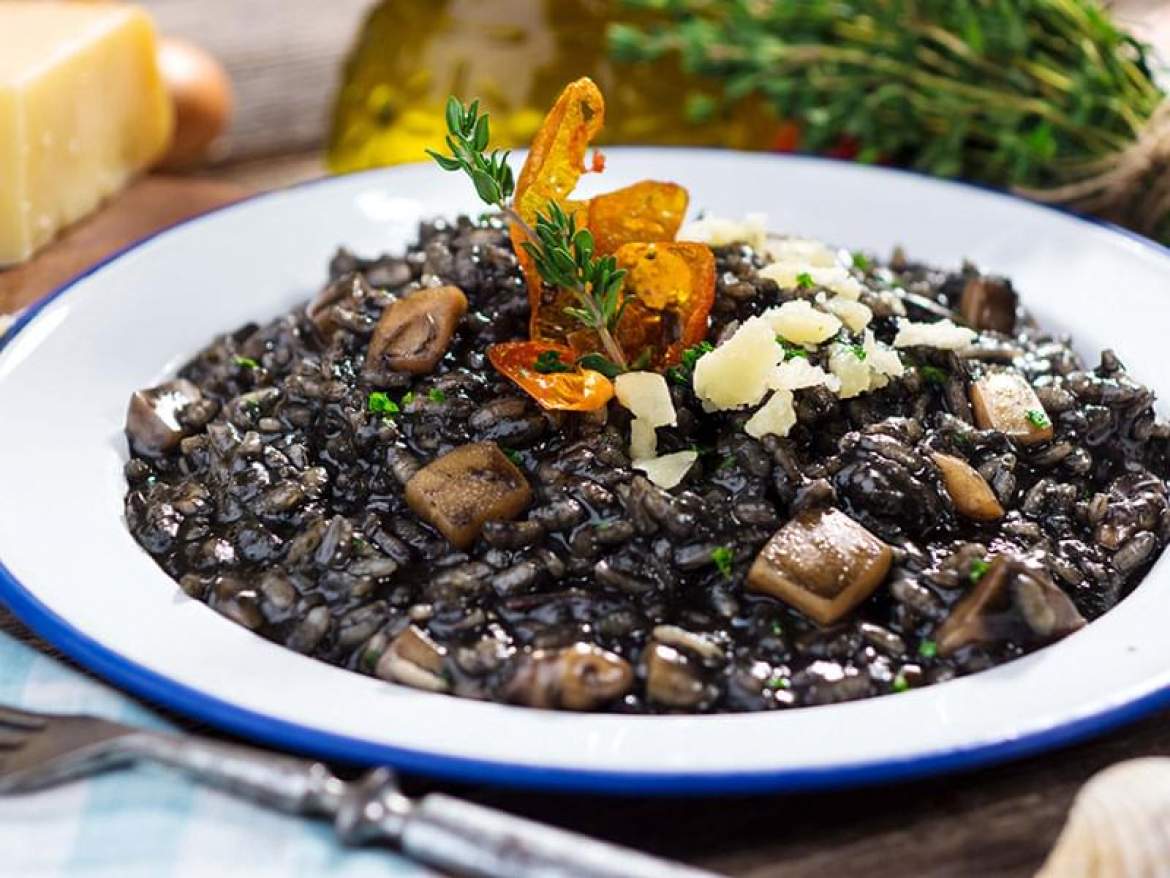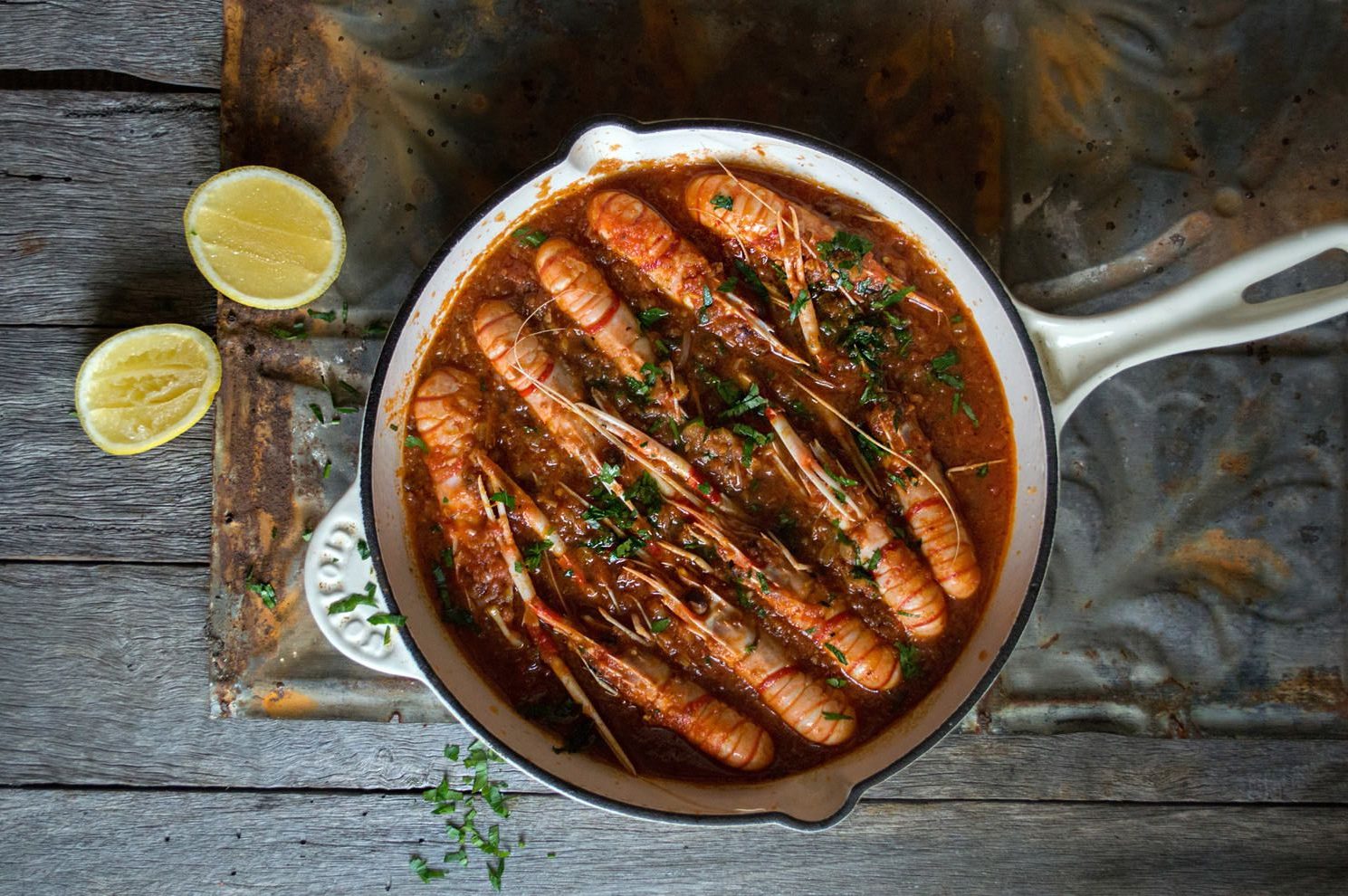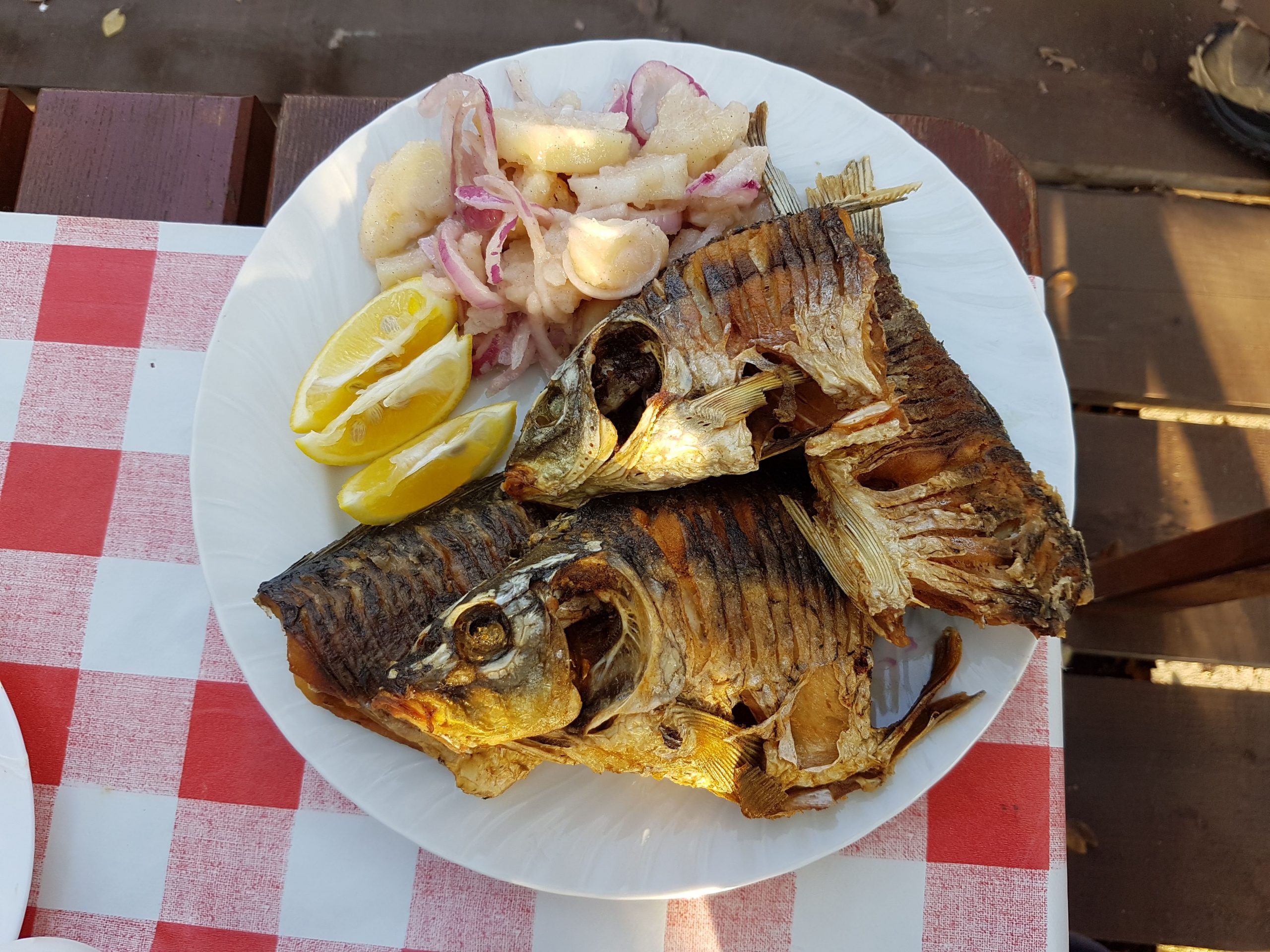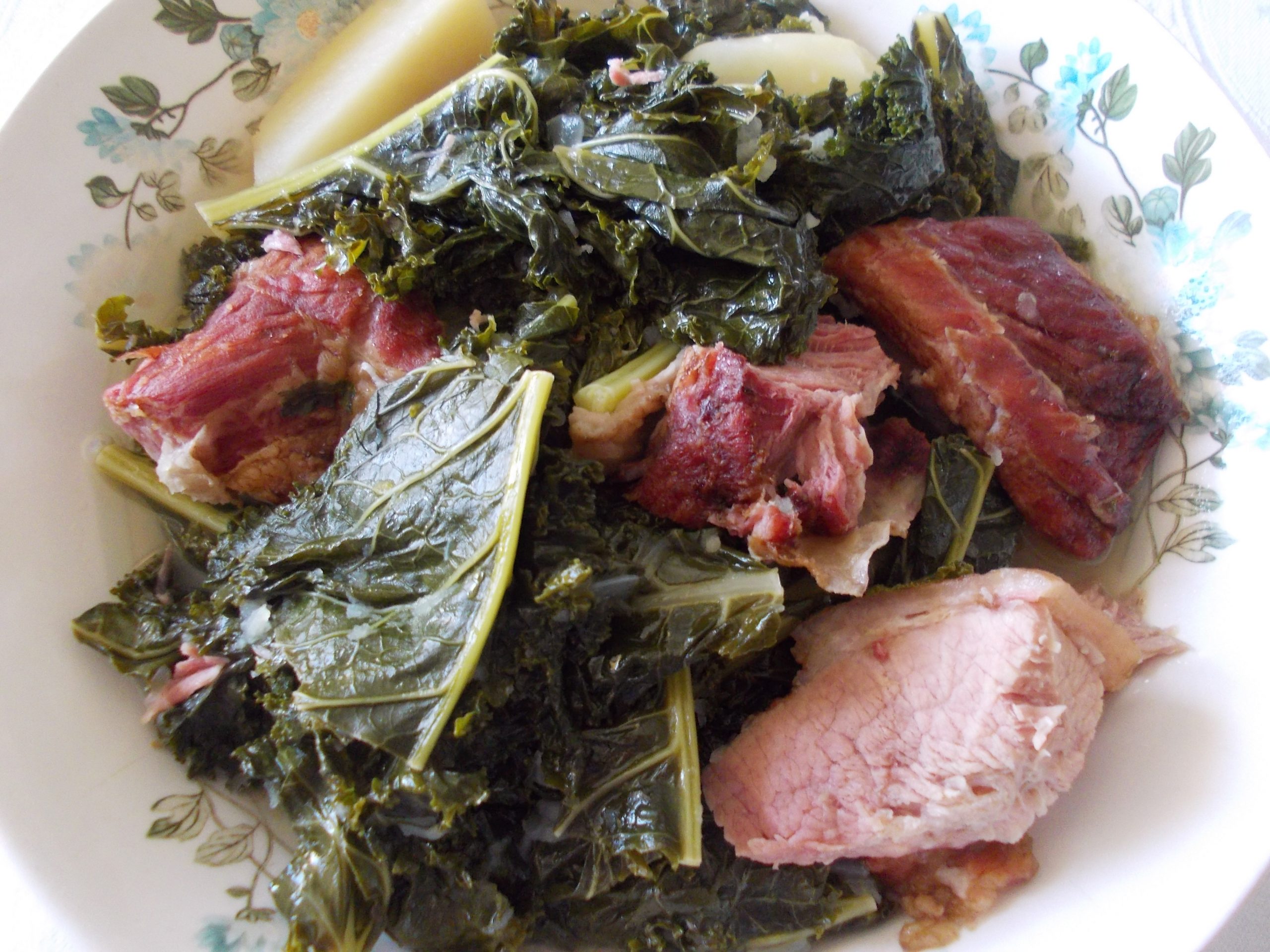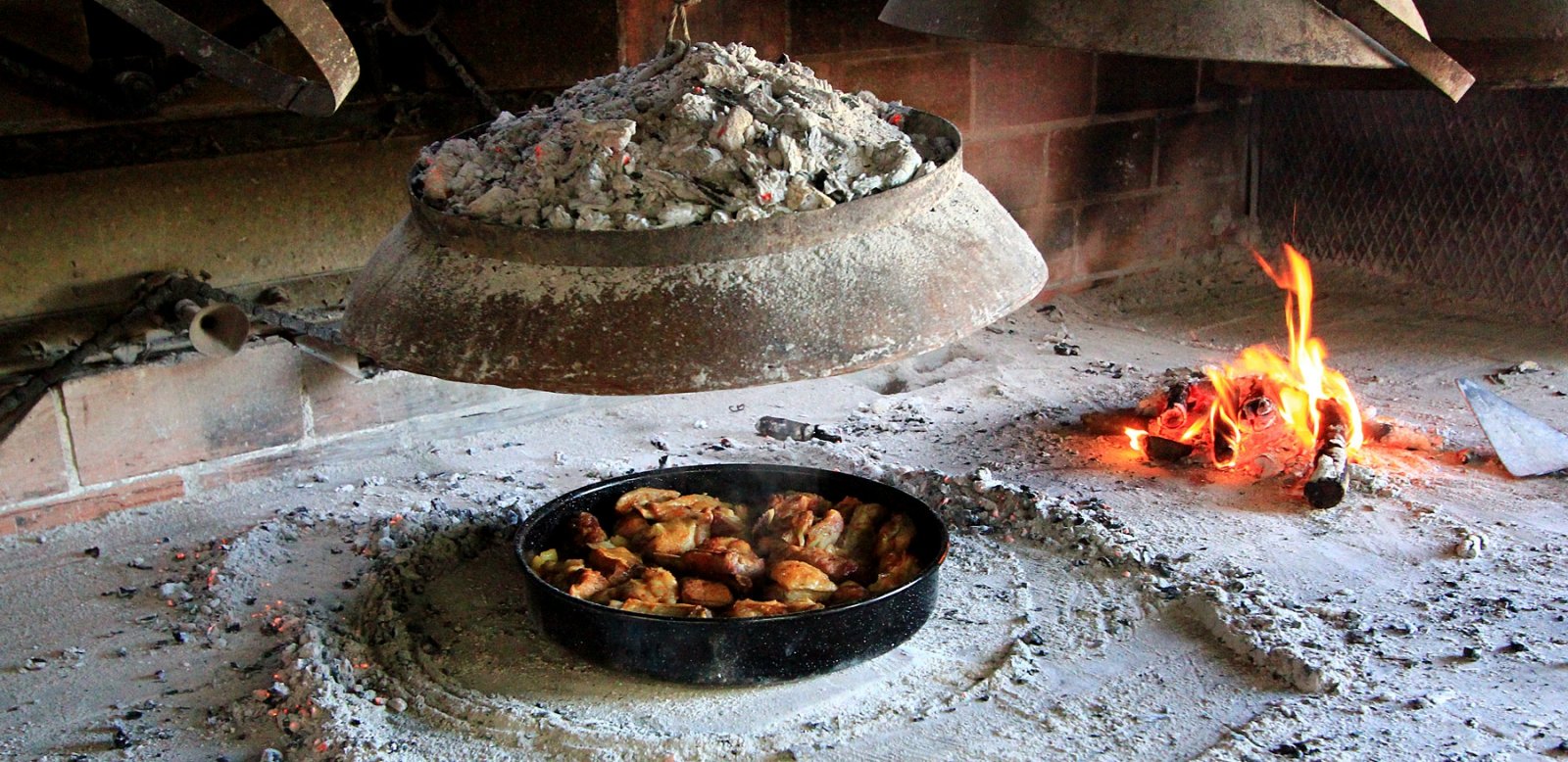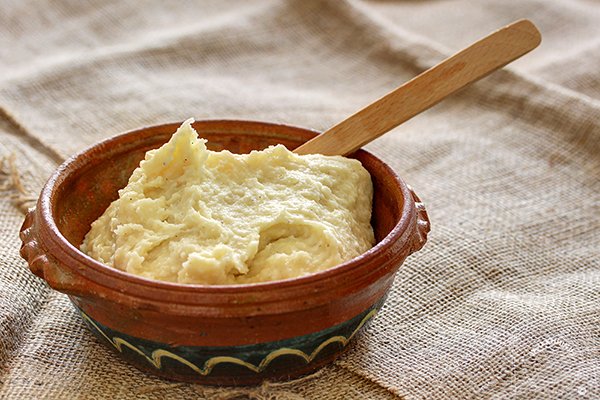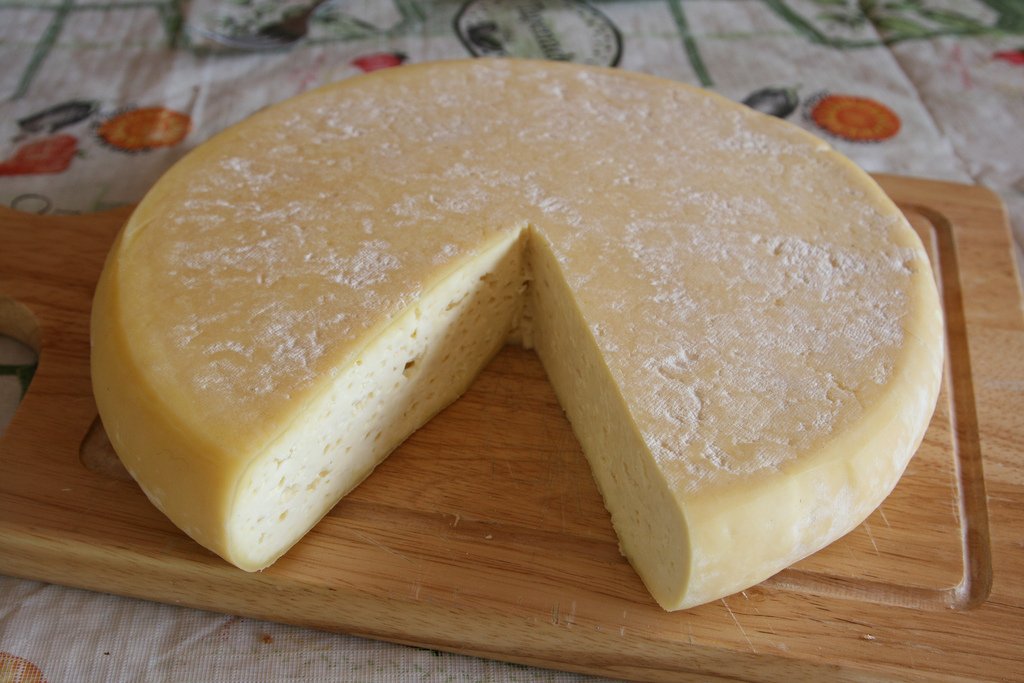Montenegro is a country full of natural and cultural diversity and this is shown in the traditional way of preparing food. Moving from region to region you will have a splendid gastronomical journey! From the Mediterranean cuisine of the coastal region to the cuisine of the flatlands around Skadar Lake to the nutritious mountain food. You will have diversity and good food all the time. We are proud to say that the ingredients are always fresh and home grown on small farms and fields of our beautiful country.
Having in mind the feedback of guests that visited Montenegro so far we made a list of most loved dishes!

